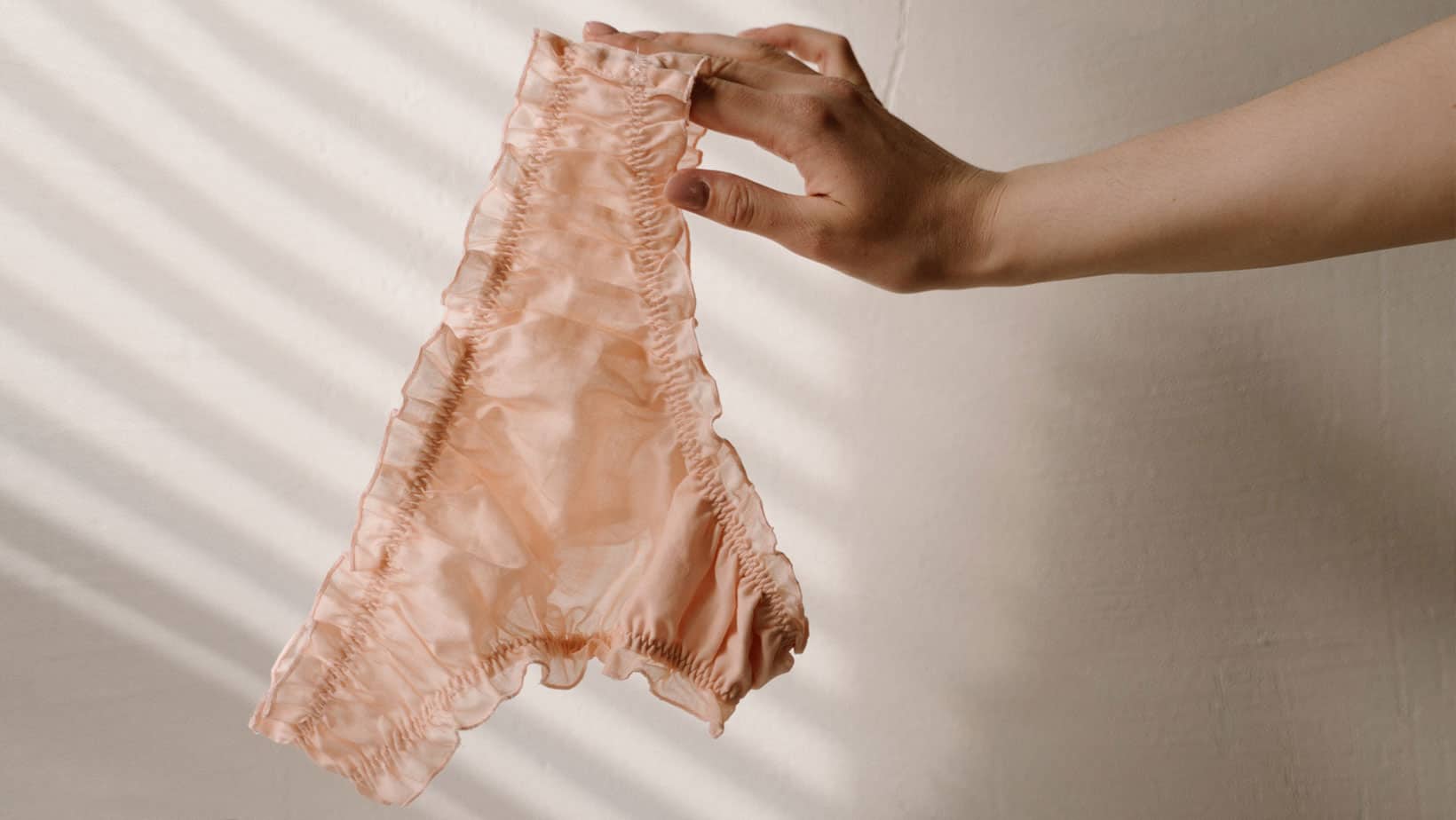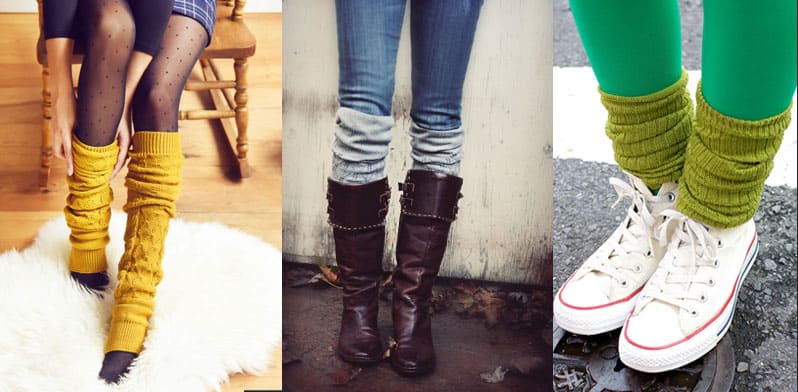Have you ever sauntered through the lingerie aisle, fingers dancing over the delicate laces, the soft cottons, and thought, “What if?” Could you just take that delicate fabric and just sew a pair of panties. Stay here because we’re embarking on a particularly intimate journey together – sewing your own underwear.
We’ll navigate through the lush landscapes of fabric choices, explore the meticulous art of cutting and stitching, and sprinkle in our own dash of pizzazz to create something truly unique. From the cheeky to the comfortable, we’ll explore the vast universe of underwear sewing together, one stitch at a time.

Sewing Women’s vs. Men’s Underwear
Let’s chat about a segment that’s often tucked away in the underwear drawer of sewing discussions: the parallel universe of sewing men’s and women’s underwear.
Women’s underwear, oh, what a delightful canvas to paint our creative stitches upon! The curves, the lace, and the playful exploration of fabrics and designs. It’s like crafting a secret garden of comfort and style that nestles right against our skin.
On the flip side, men’s underwear…well, let’s just say it’s a different ball game (wink!). The simplicity, the straightforwardness, and the lack of frills and laces make it, dare I say, a tad bit mundane for a quirky soul like me. It’s like choosing between crafting a mystical potion and boiling water. Both necessary, but one is undeniably more enchanting!
Now, a little heart-to-heart from me. While I adore the creative freedom and the playful exploration that comes with sewing women’s underwear, I must confess that sewing men’s underwear doesn’t quite spark the same joy for me. The straightforward designs and functionality-focused construction, while absolutely valid and necessary, don’t quite offer the same playful adventure that I seek in my sewing journeys.
So, while I happily stitch up a storm creating cozy, playful, and unique undies for myself, when it comes to my hubby, I’m more than content to let the store-bought men’s trunk underwear do the talking!
Now, grab your sewing machine and let’s embark on this journey together, crafting, creating, and stitching our way through the enchanting world of handmade underwear.
Step 1: Choosing Fabric
When it comes to sewing underwear, the fabric isn’t just the canvas; it’s the essence of your creation. It’s what will caress your skin, embody your style, and, of course, stand the test of time (and numerous washes!).
Selecting the right fabric is crucial for our undies project. We want something that’s soft, stretchy, and kind to our skin. Here are a few options:
- Cotton Lycra: A reliable and stretchy option that’s always a safe bet.
- Bamboo Jersey: Soft, eco-friendly, and it comes with antibacterial properties!
- Modal: Known for its durability and supreme comfort.
- Organic Fabrics: A wonderful option that’s gentle on our skin and the earth.
Don’t forget about the elastics, the hidden heroes of our underwear, ensuring they stay put while we move about. A couple of options to consider:
- Plush Elastic: Soft and comfy, it’s a great choice for waistbands and leg openings.
- Picot Edge Elastic: A bit of decorative flair while still providing a secure fit.
Fabric Recommendations
Patterns usually suggest suitable fabrics, ensuring the final product has the right amount of stretch and support. Pay attention to these recommendations to ensure your undies are both comfy and durable. For instance, a pattern might specify a four-way stretch fabric, which will provide comfort and flexibility in all directions. To learn more about patterns, keep reading.

Step 2: Patterns and Cutting
Choosing a pattern is like picking the blueprint for our undie creations. There are heaps of patterns available online, from classic briefs to cheeky styles, ensuring there’s something for every booty! Remember to consider your comfort and style while selecting a pattern.
When I say “consider your style,” I’m talking about the overall look and coverage of the underwear. Do you prefer something with full coverage like briefs, or perhaps something a bit cheekier like a thong? Your style choice will dictate the pattern you select. For beginners, a simple bikini or brief pattern might be a good starting point due to their straightforward construction and classic comfort. Take a look at some of my favorite free panties patterns here, here and here.
Size and fit
Ensuring the pattern you choose aligns with your size and desired fit is crucial. Look at the sizing chart provided with the pattern and compare it to your measurements. Consider areas that are pivotal for comfort, such as the waistband position (low-rise, mid-rise, high-rise) and leg openings. If you find yourself in between sizes, opt for the larger one – you can always make things smaller, but adding fabric is a tad trickier!
Cutting
When it comes to cutting, accuracy is your best friend. Ensure your fabric is on-grain, and follow the pattern guidelines for any stretch direction to ensure a comfy fit. Sharp scissors or a rotary cutter, along with a stable cutting surface, will help you achieve clean, precise cuts. Remember to mark any notches or alignment marks to aid in seamless sewing!

And voila! With our pattern selected, adjusted, and our fabric expertly cut, we’re all set to sail smoothly into the sewing stage of our undie-making adventure.
Step 3: Let’s Get Stitching!
Buckle up, because we’re diving into the heart of our undie-making adventure: the sewing techniques! Let’s explore the stitches and seams that will bring our cozy creations to life.
Stitch Types: Choosing the Right Dance Move
When it comes to stitching up your undies, the type of stitch you choose is crucial for ensuring comfort and durability.
- Zigzag Stitch: A classic choice for areas that need a bit of stretch, like waistbands and leg openings.
- Twin Needle Stitch: Great for hemming edges with a professional-looking finish.
- Overlock Stitch (if you have a serger): Provides a clean and secure edge to prevent fraying and adds extra durability.
Seams and Edges: Crafting the Pathways
Seams are the pathways that navigate through our undies, ensuring everything is held securely in place.
- Flatlock Seams: Ideal for areas where you want a flat, non-bulky seam to avoid any unwanted rubbing or discomfort.
- Encased Elastic: A technique where the elastic is encased within the fabric, providing a clean finish and added comfort against the skin.
Attaching Elastic: The Gentle Hug
Elastic ensures our undies stay where they should, providing a gentle hug without being too tight.
- Sewing Elastic Directly to Fabric: Stretch the elastic slightly (not the fabric) and use a zigzag stitch to attach it directly.
- Turn-Over Elastic Technique: Where the elastic is sewn to the wrong side of the fabric, then turned over to the right side and stitched again for a clean finish.

Adding Leg Bands: The Final Embrace
Leg bands provide additional security and can be a fun place to add a bit of decorative flair!
- Using Stretch Lace: A decorative and comfy option that can be sewn directly onto the leg openings.
- Fabric Bands: Using coordinating or contrasting fabric to create a banded edge on the leg openings.
Final Check: Ensuring Comfort and Durability
Before you snip all those threads and declare your project complete, take a moment to check for any loose threads, uneven seams, or areas that might need a bit of extra reinforcement. A quick try-on to ensure the fit is comfortable and the elastics sit nicely will ensure your new undies are ready for action!
Sewing Machines and Must-Haves
Sewing underwear can be a delightful journey, and having the right equipment can make the voyage even smoother. So, let’s chat about the sewing machines and whether a serger is a must-have in our underwear crafting toolkit!
Sewing Machines: The Heart of the Operation
When it comes to sewing machines for underwear, you don’t necessarily need a high-end, fancy machine. However, there are a few key features to look out for, and they are the same features you would want on a sewing machine for clothes:
- Stretch Stitch Capability: Essential for working with stretchy fabrics commonly used in underwear, like cotton lycra or bamboo jersey.
- Zigzag Stitch: A basic requirement for attaching elastics and sewing seams in stretch fabrics.
- Adjustable Stitch Length and Width: Handy for customizing stitches to suit different fabrics and elastic types.
The Serger Question: Is it Essential?
A serger is often hailed as the holy grail for sewing knits and achieving professional-looking finishes. But is it a must-have for sewing underwear?
While a serger can undoubtedly make some aspects of underwear sewing quicker and provide a super neat finish, I’m here to tell you it’s not a strict necessity. You can absolutely sew beautiful, comfy undies with a regular sewing machine! Utilizing a zigzag stitch or a stretch stitch will allow your seams to stretch with the fabric, preventing popped stitches during wear.
If you’re just dipping your toes into the undie-making waters, start with your regular machine and see how you go. If you find yourself falling head over heels for lingerie sewing, a serger might be a worthwhile investment down the track!
Wrapping It Up with a Bow
Embarking on the journey of sewing underwear is like discovering a hidden realm of comfort, personal style, and secret delights. Whether it’s a pair of lacy panties or a straightforward brief, each stitch weaves a tale of personal comfort and secret rebellion against the generic.
This article is about sewing panties, because sewing bras is a completely different ball game, and requires a whole lotta know-how about the construction. The best place to visit for all things ‘bra-sewing’ is Amy’s blog- Cloth Habit. So good. In the meantime stay cozy and keep stitching!




